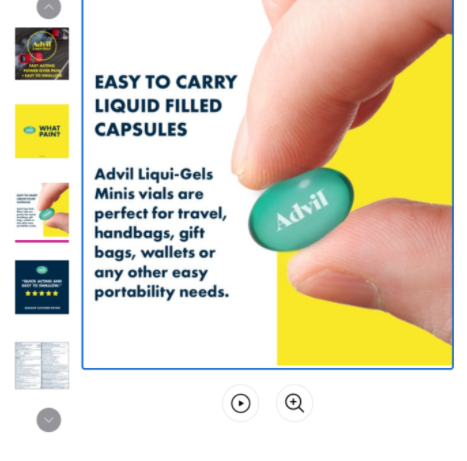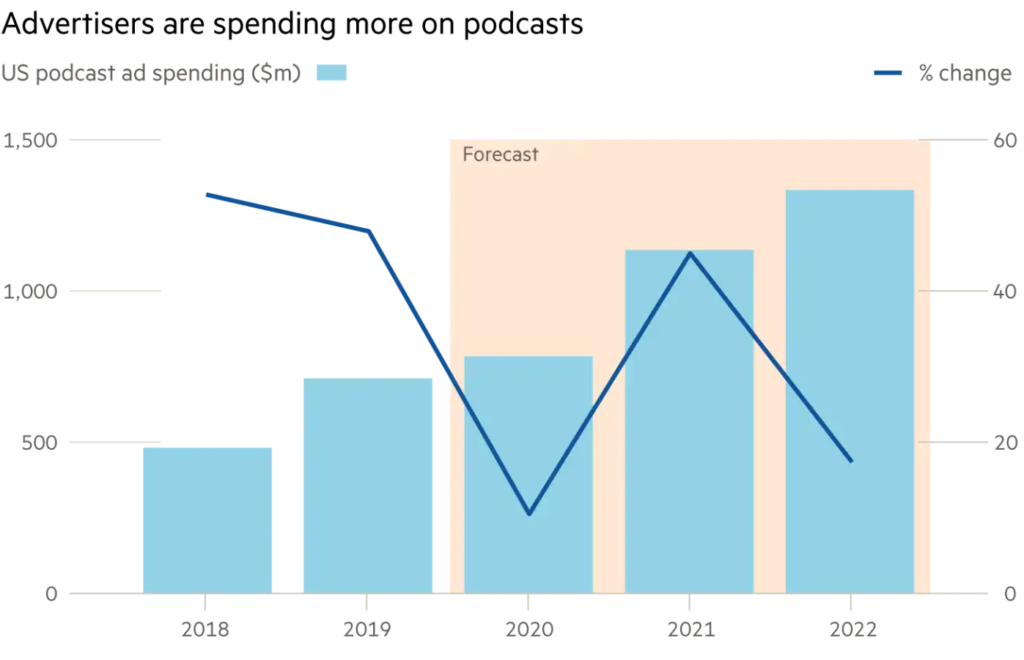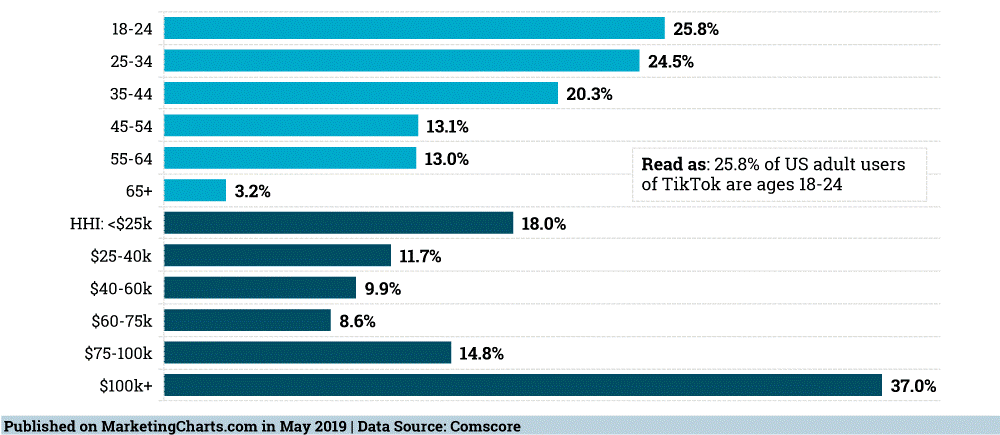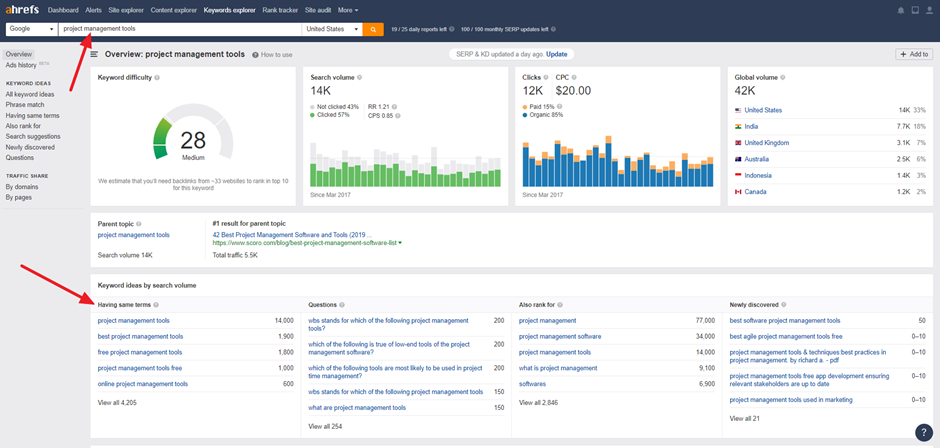What Are Topic Clusters?
SEO Topic clusters are a collection of related content that covers a broad subject area. Topic clusters enhance context, relevance & authority. They allow you to cover wide-ranging subjects and leads keyword categories in organic search. A topic cluster is essentially made up of a broadly-focused pillar page and multiple in-depth cluster pages with strategically-placed internal links.
A topic cluster is an SEO strategy that pays attention to topics rather than keywords, the model is an intent-based approach that streamlines blog archives by creating content (clusters) around one central topic (pillar page).
Usually, several supporting blog posts (clusters) are written to explain sub-topics based on your pillar content and generate internal links to the pillar page.
The advantage of this SEO strategy lies in the fact that the organized structure of pillar-and-cluster content proves to algorithms of search engines like Google, the existence of a semantic relationship between each page. As a result, each topic in your cluster is boosted further up the search engine ranks.
How to Create SEO-Optimized Topic Clusters
In creating topic clusters, the key is to think of your content assets in terms of topics you want your business to compete in, rather than discrete keywords. The keywords can still play into your overall strategy, but topics are now the authority your keyword strategy operates in.
- Keyword research: Do keyword research around topics & search intent. For example, ahrefs keywords explorer or LSI Graph and the Adwords Keyword Planner.
- Create buyer personas: and map the customer journey.
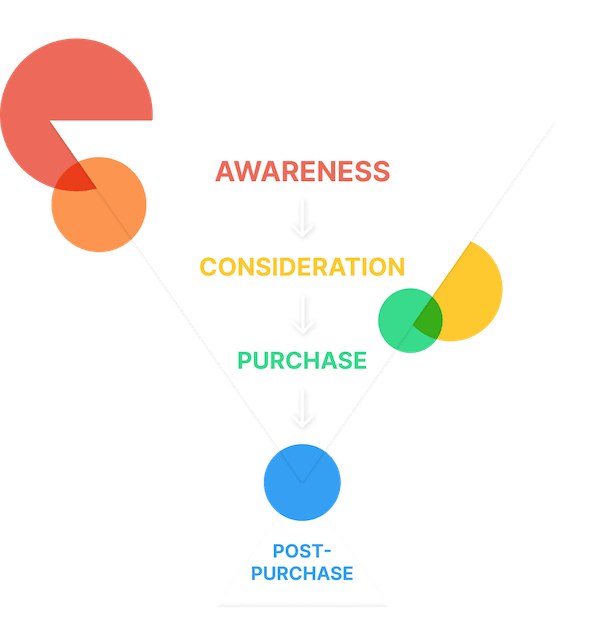 Source: MarketMuseIn creating a buyer persona, you are producing a content-driven customer journey that answers questions, provides valuable information, and positions your product or service as a solution.
Source: MarketMuseIn creating a buyer persona, you are producing a content-driven customer journey that answers questions, provides valuable information, and positions your product or service as a solution. - Keyword research: Do keyword research around topics & search intent. For example, keywords explorer in Ahrefs or LSI Graph and the Adwords Keyword Planner.
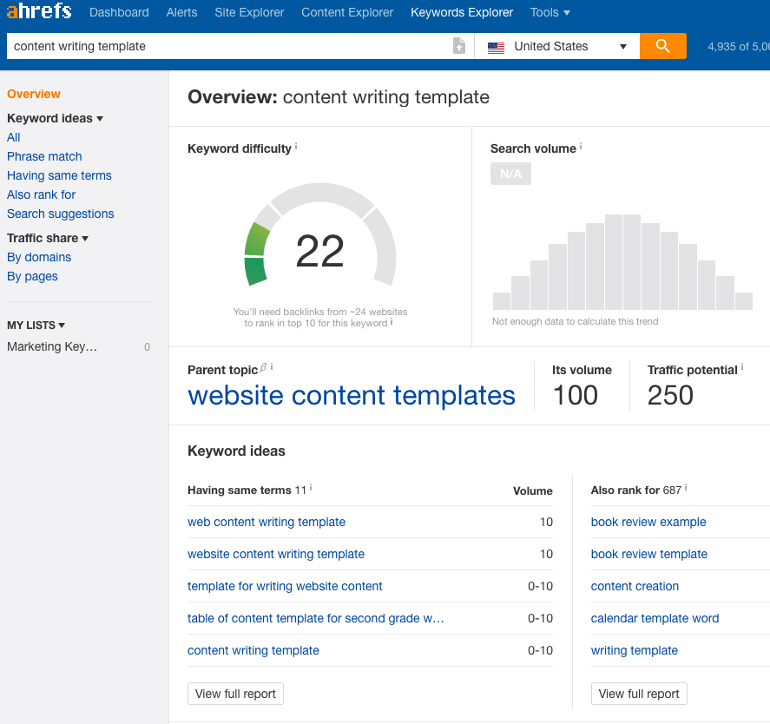
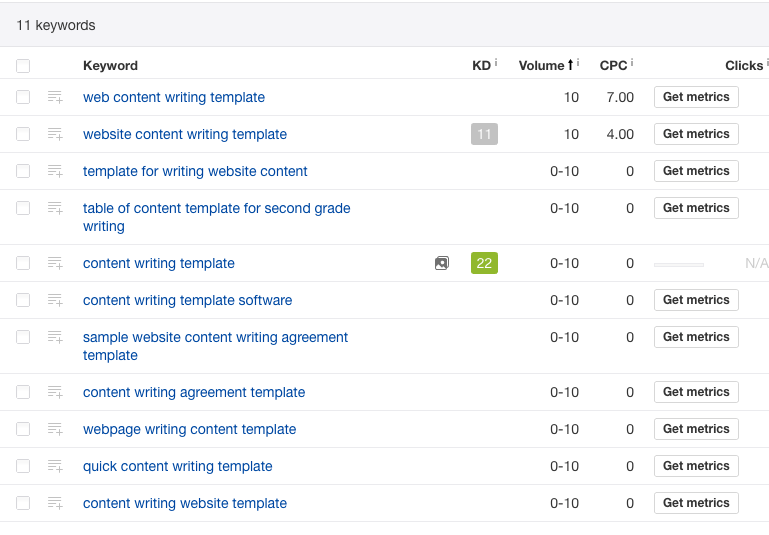 Source: AhrefsFrom above, using Ahrefs, you’ve identified a primary (parent) topic and tons of related keywords.
Source: AhrefsFrom above, using Ahrefs, you’ve identified a primary (parent) topic and tons of related keywords. - Group keywords: Group keywords into buckets for each cluster page by identifying a core keyword and listing related keywords around sub-topics.

Here, the keywords have been prioritized by the core topic and subtopics assorted by volume and difficulty. - Produce content by writing the cluster pages first. Then, the pillar page last.
- Publish the content by adding internal links between all pages in the cluster.
Examples of Topic Clusters
- Jeff Goins
Jeff Goins is a highly successful writer and marketer experienced in presenting content that is both reader and search engine-friendly. Below, his beginner’s guide to SEO is a great example. First, the URL of his pillar content targets a nice, broad topic (SEO guide). At the bottom, he has internal links to several pieces of related content targeting narrowly-defined subtopics around his pillar content.
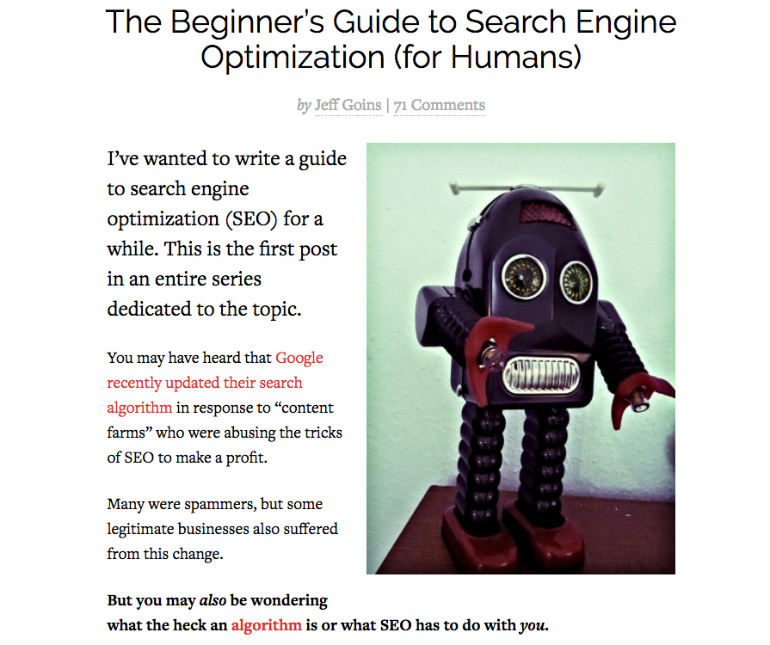
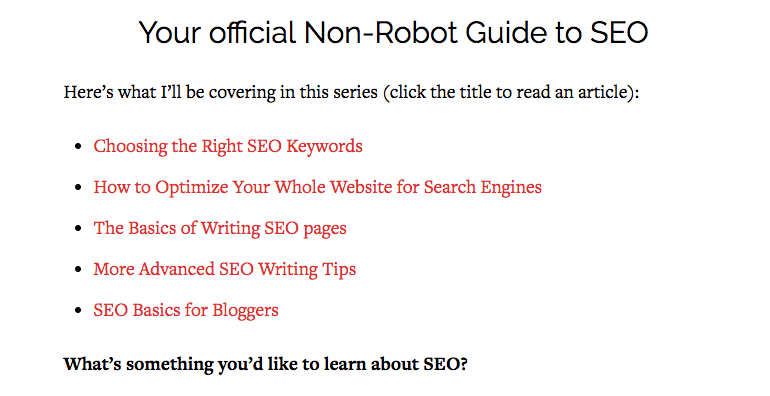
Source: Jeff Goins
- Gremlin
A great example of a business-to-business (B2B) content cluster is Gremlin’s topic cluster on chaos engineering. It starts with this nicely designed pillar page that is a complete introduction to chaos engineering. It covers the history, principles, and specific things chaos engineers do. From there, it links out to cluster pages that point readers to in-depth pages on the topics they discuss at a high-level in the pillar page. At the top of the funnel, particularly on the pillar page, we can see that Gremlin isn’t bombarding us with links to product pages or demo form fills.
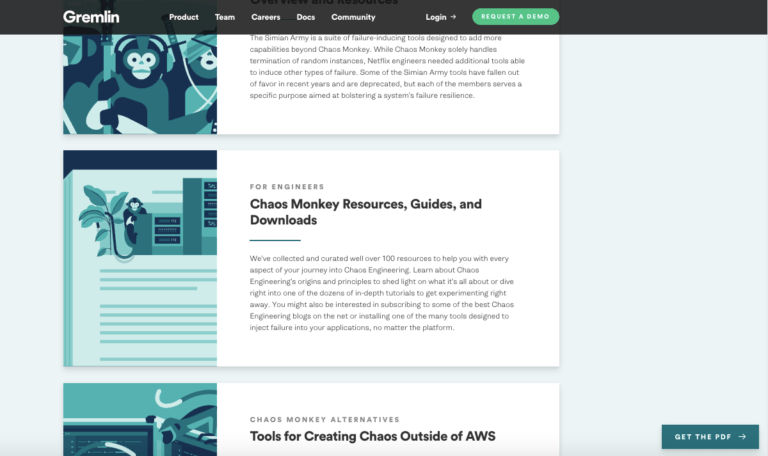
Source: Gremlin
- Gaming PC
This is a business-to-consumer (B2C) topic cluster example. Their guide to building a gaming PC is textbook pillar content. It covers all of the relevant parts you need a build gaming PC – GPU, motherboard, storage, cases, components, etc. It also recommends specific products for each part of the build. The page also has a robust internal linking structure to other guides and related content (such as PC games), so users who aren’t ready to buy have more information they can get without leaving the site. The core pillar page points to other PC building guides that each targets a unique buyer persona.

Source: Gaming PC
- Moz
In the screenshot below, a look at their Beginners Guide to Content Marketing, is similar to the example from Jeff Goins above. Instead of having a chain of interconnected blog posts, a collection of pages is directly built on their website.
The first page targets a simple question: “What is content marketing?”
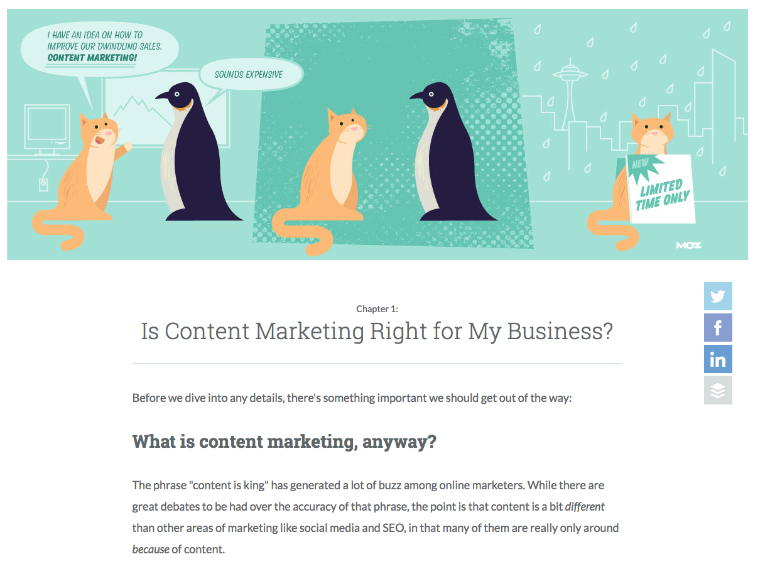
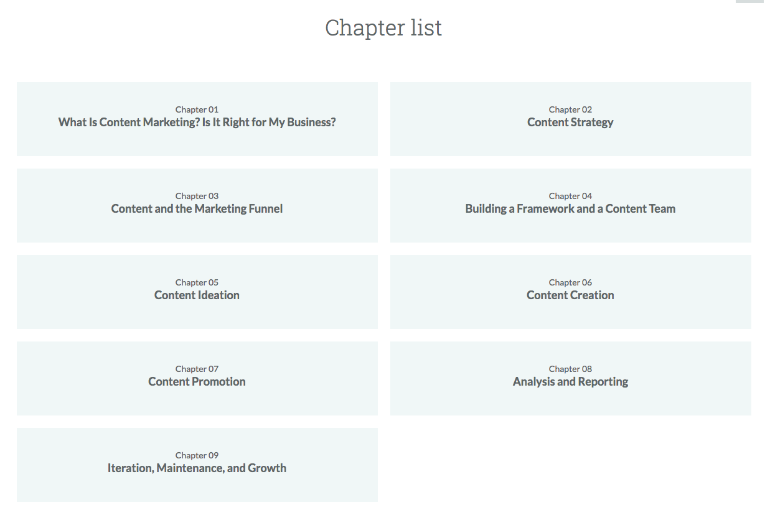
Source: Moz
At the very bottom, as shown above, you can easily access every chapter in the guide with the internal links showing search engines these pages are all connected (with topically relevant keywords on each page covering an entire subject of content marketing).
How to Measure Topic Cluster Results
By measuring the performance of your topic cluster result, the analytics you will receive can help you improve and concentrate on topics that will continue to attract your target audience. Also, it will ultimately help you reduce the time spent researching new content for your post.
The following are effective ways to aggregate all content that’s included as a part of your topic cluster into easy-to-understand reports and dashboards.
Using HubSpot’s Content Strategy Tool
The tool helps you sort and organize ideas by grouping content into categories called topic clusters. These are made up of a core topic (or pillar page focus) and a number of related subtopics. Hubspot’s tool suggests core topics based on your existing website content to get you started. It provides you with useful metrics like topic relevance, search volume, and month-over-month traffic comparisons, allowing you to gauge potential before you even commit to a topic.
Because the tool is integrated with the rest of HubSpot’s platform, including contacts, you can easily measure the impact your topic clusters have on increasing traffic, capturing new leads, and how many of those leads turn into customers. This offers you a perfect view of the ROI of your efforts.
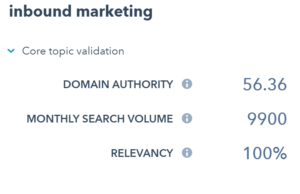
Source: Hubspot
After a few weeks of running your topics, the new traffic Analysis report can be used to get more information about the performance of the clusters.
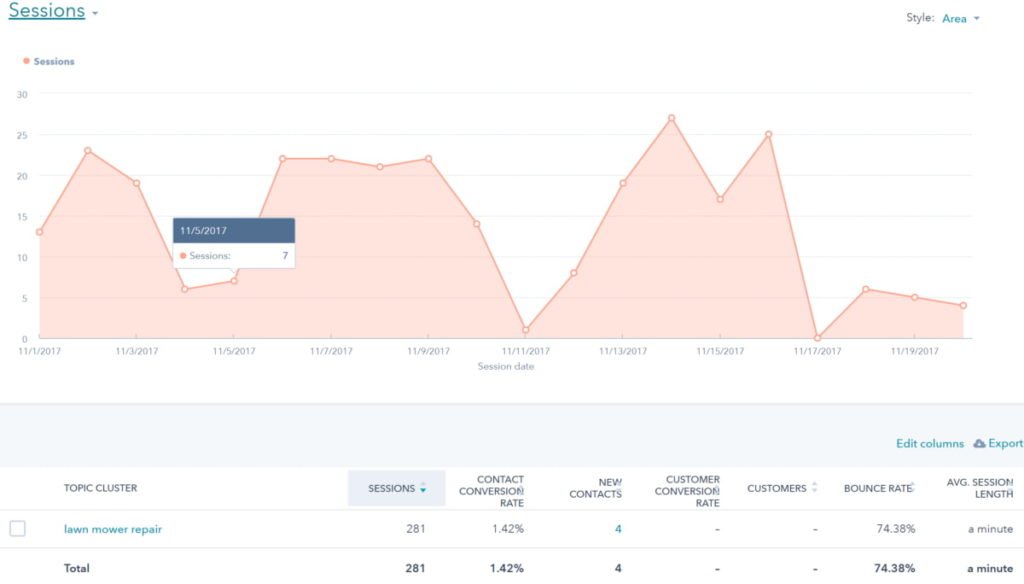
Source: Hubspot
Proper analysis of the metrics will help you to see content that is performing satisfactorily and those that need improvement.
Using Google Analytics
Content Groupings is a feature in Google analytics designed to allow you to group your content into a logical structure. This structure primarily allows you to analyze performance in the way both you and your users think about your website, as a result, this makes it the preferred tool for topic cluster capture and analysis.
Step 1: Configure Content Grouping Settings: Log-in to your Google
Analytics property, and navigate to the Admin area. Select the view that you wish to create your groupings under, and then select Content Groupings. Click the red button that says +New Content Grouping.
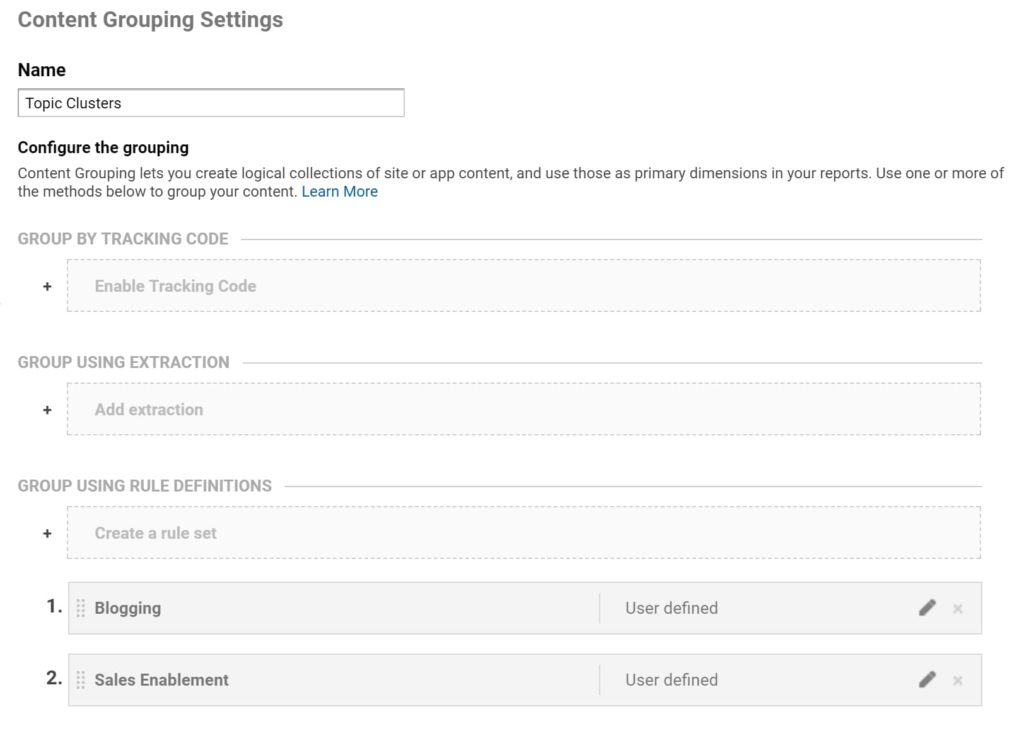
Source: Google Analytics
From the three grouping options made available in the screenshot, grouping with the use of Rule Definitions will likely be better because of the level of control that you gain by using this option.
Step 2: Create a Definition to Group Each Cluster
Here, to define a cluster it is important to create a rule for each one. This step involves copying and pasting the parameters. While creating the rules, make sure to use contains rather than exact matches.
Step 3: Analyse Your Data
Upon defining all topic clusters and ensuring the full configuration of your content groupings, Google Analytics will begin to provide data for these groupings from that day forward.
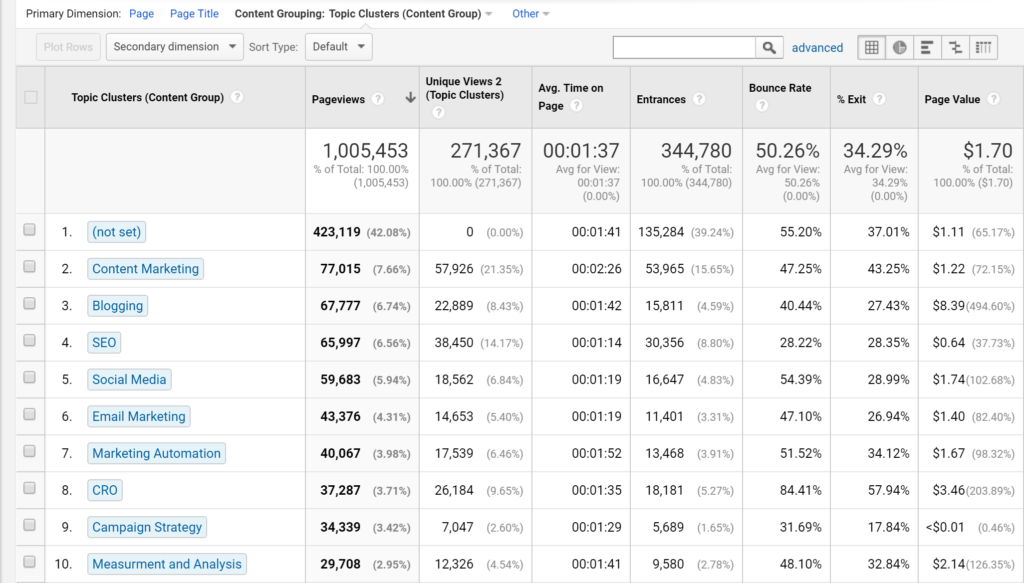
Source: Google Analytics
Step 4: Create Audiences for Further Analysis and Remarketing
If you would like to explore how your topic clusters influence you customer’s entire journey on your website for deeper analysis or remarketing via Google AdWords Remarketing feature, you can easily do so by creating a custom segment. This is done by adding a new segment that looks like this.
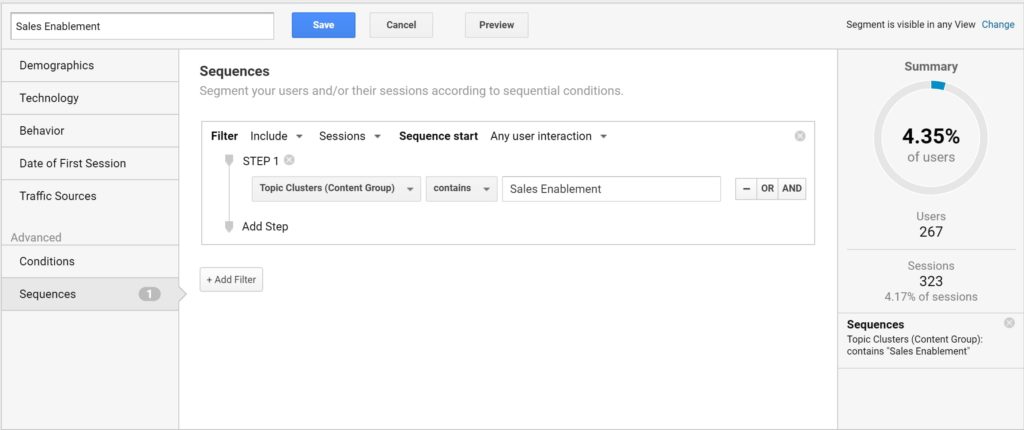
Source: Google Analytics
This can be applied to any report in Google Analytics and it will restrict the data to that specific segment.
Tips to Get Started With Topic Clusters
- Map out five to ten core problems that your buyer persona has. Use surveys, run interviews, and do some secondary research within online communities as needed to gather the data.
- Group each of the problems into broad topic areas.
- Build out each of the core topics with subtopics using keyword research.
- Map out content ideas that align with each of the core topics and corresponding subtopics.
- Validate each idea with industry and competitive research.
- Create content, measure the impact, and refine.


